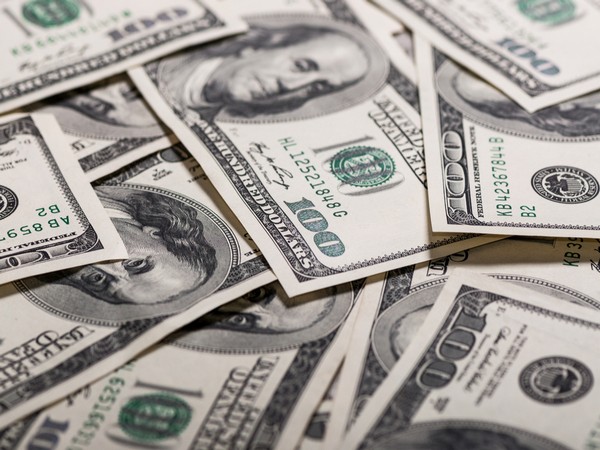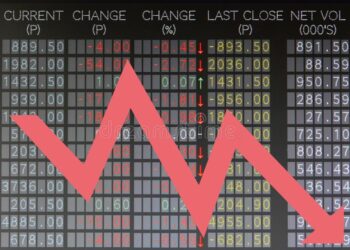Amid persistent stock market selling by foreign institutional investors (FIIs) and rising geopolitical tensions, India’s foreign exchange reserves fell $3.46 billion to $684.8 billion in the week ended October 25, according to data released by the Reserve Bank of India (RBI) on Friday.
However, gold reserves, which are part of the foreign exchange budget, rose by $1.08 billion to $68.53 billion this week, according to the central bank.
Gold buying has increased in response to geopolitical tensions. According to industry experts, gold is now operating as a hedge against US economic sanctions, in addition to its usual role as a safe haven asset and inflation hedge.
Despite lower inflation, gold has surged to new highs. Since 2018, gold’s share of the country’s currency reserves has increased by more than 210 percent.
At the end of September, India’s foreign exchange reserves had risen to an all-time high of $704.885 billion, placing the country fourth in the world behind China, Japan, and Switzerland in terms of size.
The country’s FX reserves have increased by $38.39 billion in the current fiscal year, enough to cover imports for 11.2 months based on the balance of payments, according to the RBI.
This reflects the robust macroeconomic fundamentals of the economy.
Looking ahead, India’s forex reserves are expected to increase, and a strong currency will help its economic growth trajectory by enhancing its international standing, attracting foreign investment, and stimulating domestic commerce and industry. Changes in foreign currency assets are caused by the central bank’s forex market activity as well as fluctuations in the value of foreign assets held in reserves. According to experts, gold is expected to close higher this week, boosted by safe demand, ETF purchasing, an uncertain US election outcome, and increased wagers on rapid rate reduction from global central banks.
Source:IANS







 Finance
Finance







